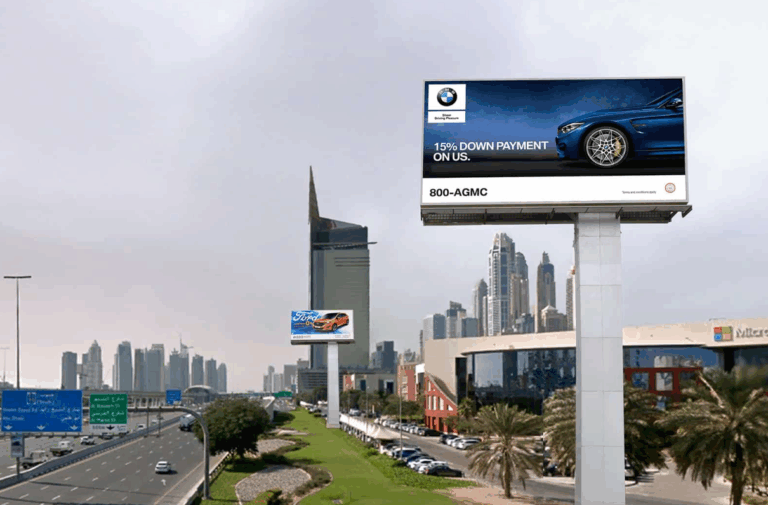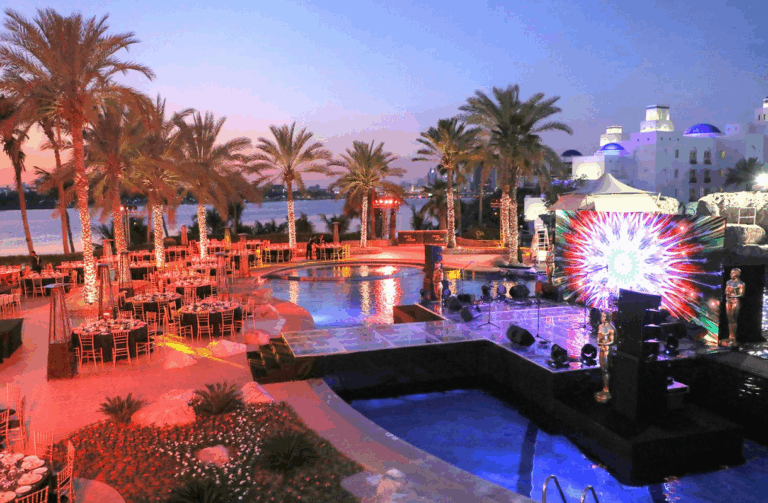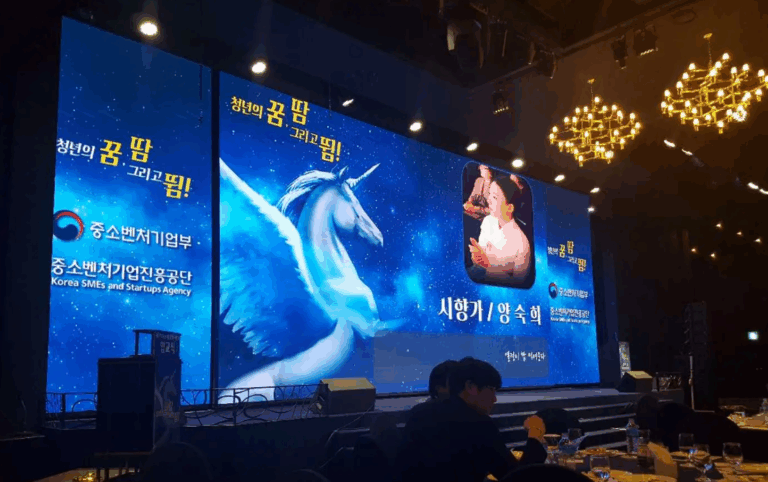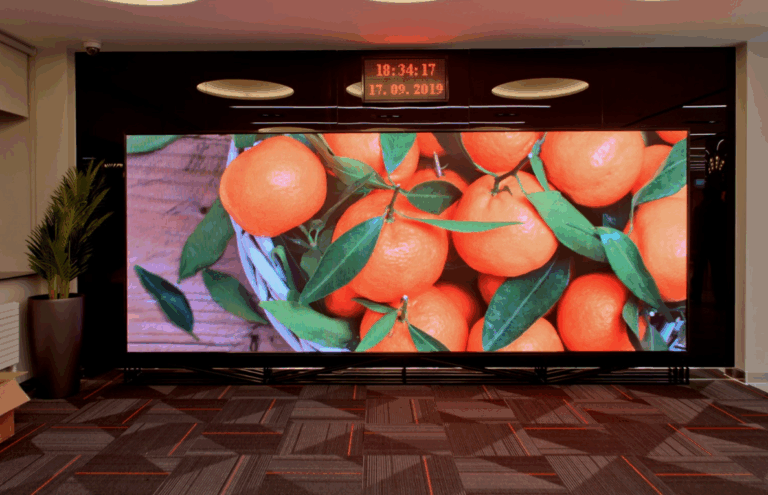Catalogue
What is LED billboard advertising?
What are the advantages of LED billboards?
How do LED billboards work?
What is LED billboard advertising?
LED billboard advertising is a form of advertising that uses LED (Light Emitting Diode) display technology. It displays the advertising content to the public through the LED display, usually located on both sides of the road, commercial areas, traffic arteries, squares, building facades and other high crowded areas. Do you know the difference between indoor LED display and outdoor LED display?

Features of LED billboard advertising include:
High brightness: LED displays have high brightness and high contrast, which can maintain good visibility during the day and night, attracting more visual attention.
Dynamic content: LED display supports video, animation, images and other multimedia forms of content playback, making advertising more vivid and attractive.
Remote control: LED billboard advertising is usually connected to the cloud server, which can realize remote update and control advertising content, so as to facilitate advertisers to publish and replace advertisements in real time.
Energy saving and environmental protection: Compared with traditional billboards, LED billboard advertising has lower energy consumption, long service life and is environmentally friendly.
Advertising conversion: LED billboard advertising can play multiple advertising content in turn, increase the frequency of advertising conversion, and improve the advertising communication effect.
LED billboard advertising is widely used in urban landscapes, commercial squares, shopping centers, sports stadiums, stations, airports and other places, becoming an indispensable part of the modern urban landscape. Through high brightness and dynamic content, LED billboard advertising can attract people’s attention and provide advertisers with a more intuitive and effective means of publicity.
What are the advantages of LED billboards?
LED billboards have a variety of advantages that make it a favored form of modern advertising. The following are the main advantages of LED billboards:
High brightness and clarity: LED displays have high brightness and high contrast, and are able to remain clearly visible in a variety of lighting conditions, making advertising content more eye-catching and compelling.
Dynamic content: LED billboards support multimedia content such as video, animation and images, which is more attractive and visual impact than traditional static advertising.
Flexibility and real-time update: LED billboards can remotely update advertising content through the Internet, and advertisers can publish and replace ads in real time, flexibly responding to market demand and activity changes.
Energy saving and environmental protection: LED display technology is more energy efficient than traditional lighting and display technology, while long life, reducing energy consumption and waste generation, which is conducive to environmental protection.
Advertising conversion: LED billboards can set multiple advertising content and play in cycles, increase the frequency of advertising conversion, and improve the advertising transmission effect.
Fashion and modern: LED billboards have a stylish appearance and modern sense, which can add color to the urban landscape and commercial areas and enhance the brand image.
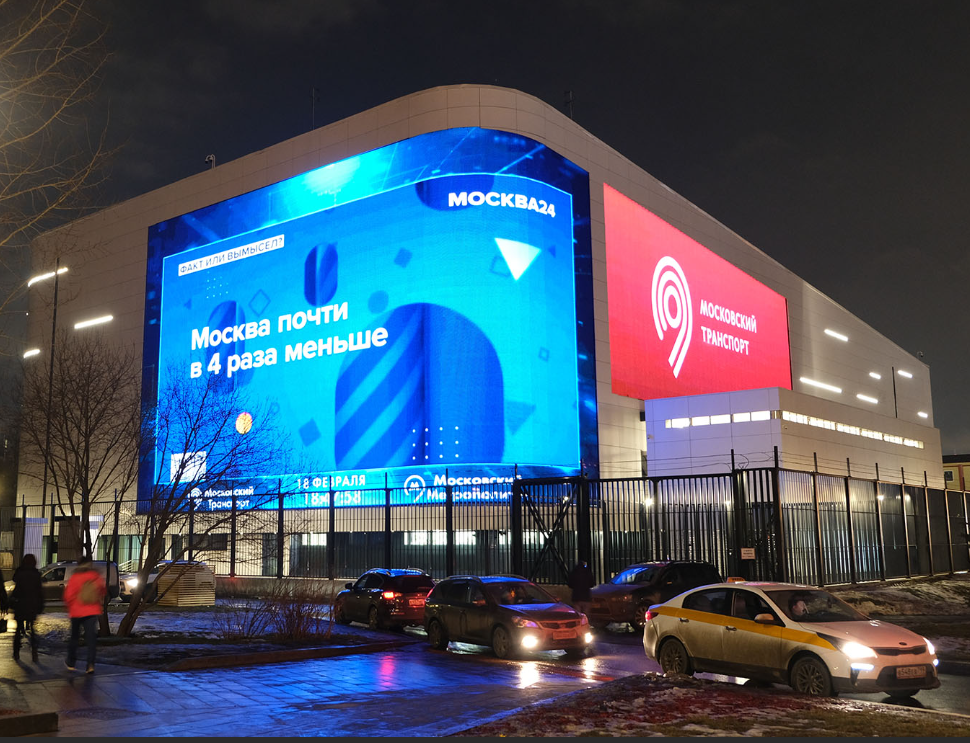
How do LED billboards work?
LED billboards work through LED (Light Emitting Diode) display technology. An LED is a semiconductor material that emits light when an electric current is passed through it. LED billboards are composed of many LED light beads, which are arranged together to form an LED display, which can display text, images, videos and other content.
The working principle of LED billboards is as follows:
LED beads: LED billboards use many LED beads to display content. These LED light beads are usually red, green, blue three colors, through different combinations can produce a variety of colors.
Pixels and pixel density: Each LED bead represents a pixel in the LED billboard. Pixel density refers to the number of pixels per square meter of LED display. Fine-pitch LED billboards have a high pixel density, so they can present higher resolution and more delicate images.
Control system: The control system of the LED billboard is responsible for controlling the brightness and color of the LED lamp beads to display the required content. These control systems can be operated remotely from cloud servers, computers or other control devices.
Image and video processing: Before ads are played, images and videos need to go through specific processing to convert them into a format suitable for LED display. These processes may include adjusting resolution, color correction, and format conversion.
Power supply: LED billboards need a stable power supply. A dedicated power supply device is usually used to provide current and voltage to ensure the normal operation of the LED lamp beads.
Display content: Once all Settings and processing are completed, the LED billboard can begin to play advertising content. The control system sends the advertising content to the LED lamp bead according to the predetermined schedule or real-time demand, thus displaying the corresponding image, text or video.


